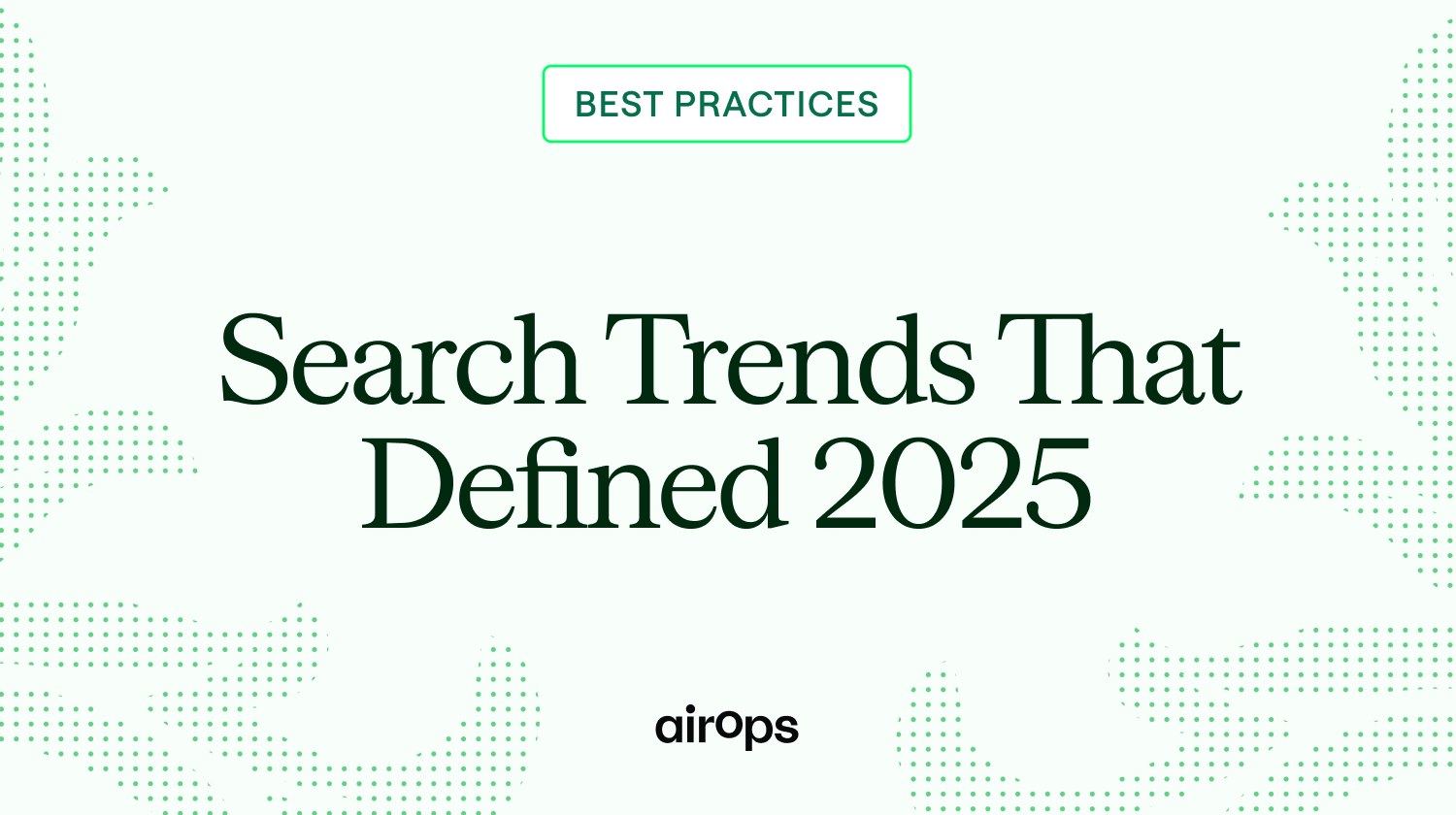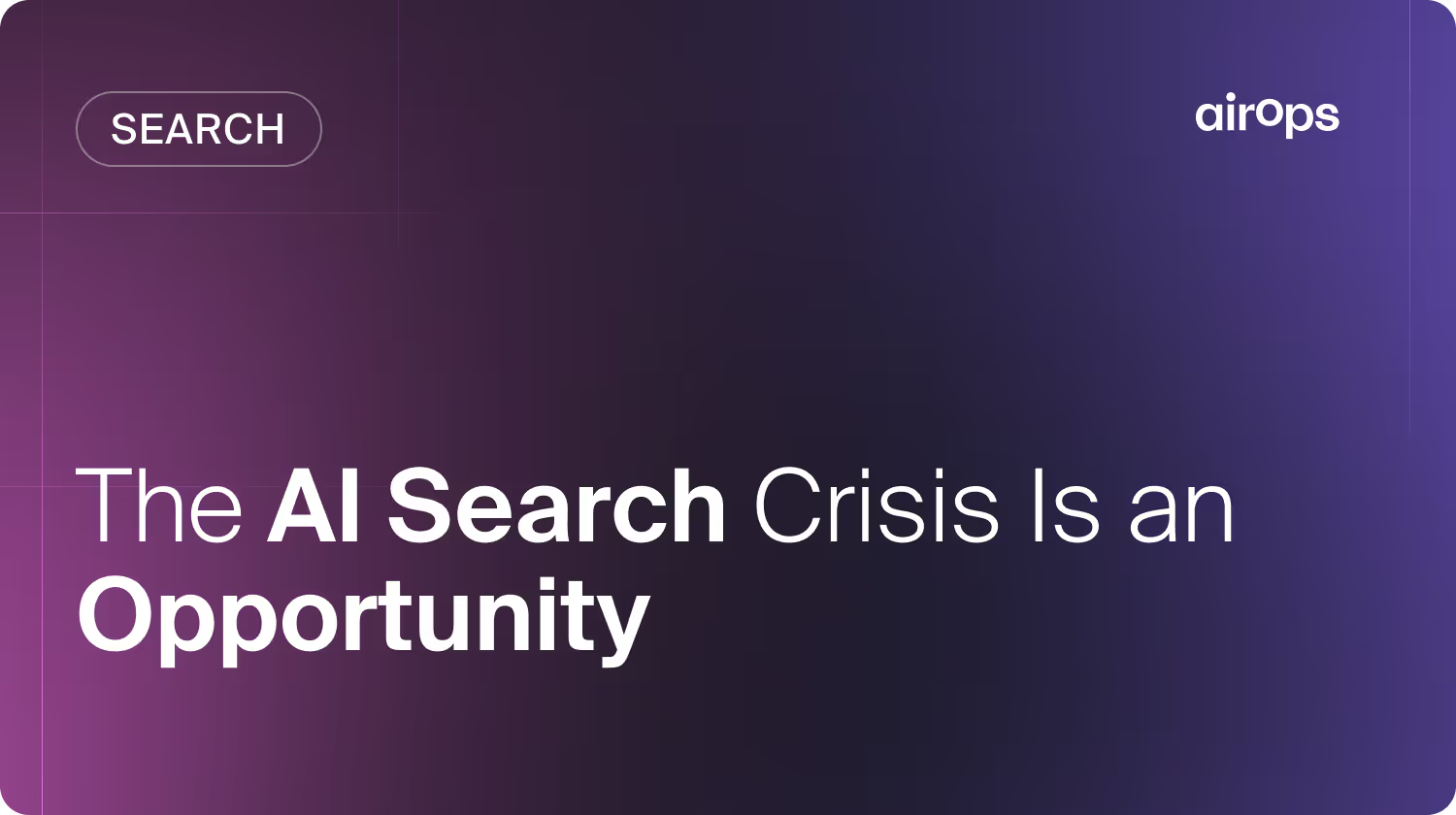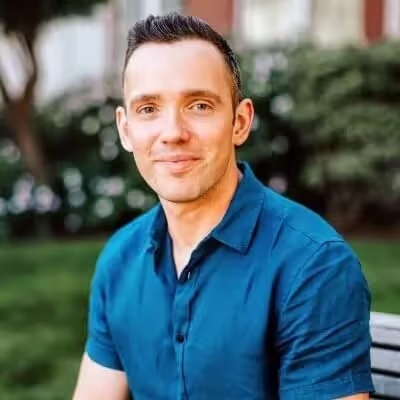Content Refresh: The key to SEO success in 2025

- Content decay lowers rankings, reduces traffic, and undermines your content ROI over time.
- Refreshing outdated pages drives measurable SEO gains and future-proofs your content library.
- A data-driven refresh strategy improves rankings, matches current user intent, and scales more efficiently than constant new production.
Teams spend years creating articles, guides, and resources to educate audiences and drive traffic. But over time, even the best-performing pieces start to fade. Algorithms change, user intent shifts, and once-reliable traffic starts to dry up.
The natural response is to create more content—but what if the real opportunity is in what you already have? A strategic content refresh can transform outdated articles into reliable growth drivers, turning forgotten assets into top performers.
Refreshing content might not have the allure of launching something new, but it’s one of the most overlooked—and effective—strategies to sustain and amplify growth.
What is Content Decay?
Content decay refers to the gradual decline in a page’s SEO performance over time. This typically shows up as falling rankings, decreased traffic, lower engagement, and shorter time on page.
Why Causes Content Decay Happen?
Strategies that worked yesterday may no longer align with today’s search algorithms or audience needs. Content decay results from ongoing changes in how content is discovered, consumed, and valued. For example, Google’s E-E-A-T (Experience, Expertise, Authoritativeness, Trustworthiness) guidelines now prioritize content that demonstrates real expertise and value.
Search Engines Prioritize Quality and Freshness
Google increasingly favors pages that deliver more than just answers. Your content needs to demonstrate authority, expertise, and usability. Recent updates, like Google’s E-E-A-T guidelines (Experience, Expertise, Authoritativeness, and Trustworthiness), prioritize content that includes firsthand insights or rich multimedia elements.
Key factors include:
- Expertise: Firsthand insights and detailed guidance perform better.
- Engagement signals: Metrics like time on page and scroll depth indicate quality.
- Multimedia: Visuals, videos, and interactive elements outperform static text.
User Expectations Change
Users expect content that is personalized, up-to-date, and aligned with their search intent. Outdated stats or irrelevant examples signal a lack of relevance, even for evergreen topics. To retain engagement, your content must deliver immediate value in a format users trust.
- Personalization: Tailor messaging to the specific goals, challenges, or use cases of distinct audience segments.
- Fresh information: Replace outdated stats, examples, and links to maintain topical relevance and credibility.
- Search intent alignment: Ensure your content directly answers the type of question the user is asking—whether they’re looking to learn, compare, or buy.
- Efficiency: Use summaries, bullet points, and clear formatting to help users extract insights quickly.
Competitors are rewriting the rules
Top competitors don’t just update old content—they redefine formats and target new opportunities. They build trust by consistently refreshing and republishing high-value pages, setting new standards for depth and usability.
- Transform static blogs into interactive guides or checklists.
- Target adjacent, long-tail keywords to capture new intent.
- Invest in long-term trust by maintaining content freshness.
Technology is reshaping search behavior
Mobile-first priorities, voice search, and AI-generated snippets are changing how users find and consume content. To remain competitive, your content must be optimized for these new behaviors.
- Mobile optimization: Ensure speed and usability on all devices.
- Voice search: Use conversational, question-based formats.
- Featured snippets: Provide clear, direct answers with deeper insights.
How to Spot Content Decay
Identifying content decay begins with analyzing your performance metrics. Use analytics to spot pages with declining traffic, lower rankings, or reduced engagement. According to industry research, using data to prioritize which content to refresh ensures you focus on pages with the highest potential impact.
1. Traffic trends: Look for pages with steady organic traffic declines over a 6–12 month period. Compare year-over-year performance to account for seasonal trends and isolate true decay patterns.
2. Ranking drops: Review keyword rankings to find pages that have slipped from high-visibility positions. Content in positions 11–20 is prime for targeted updates that can move it back to page one.
3. Engagement metrics: Monitor time on page, bounce rates, and scroll depth. Declining engagement signals that content is no longer meeting user intent or providing sufficient value.
For actionable next steps and deeper audit frameworks, see our guide on content audit strategies.
Who Benefits Most from a Content Refresh?
While all businesses can benefit, certain organizations see the greatest impact from a content refresh strategy.
1. Brands with large content libraries
Sites with hundreds or thousands of articles often have many pages that haven’t been updated in years. Refreshing high-value pages unlocks untapped potential and maximizes your content library’s ROI.
2. Companies that rely on organic traffic
For e-commerce, media, and SaaS brands, organic search is a primary growth driver. Refreshing underperforming pages helps maintain rankings and conversions without the cost of constant new production.
3. Resource-constrained teams
Teams with limited resources can scale results by updating existing assets rather than producing new content from scratch. Content refresh is a high-leverage, scalable strategy.
4. Highly competitive industries
In saturated markets, publishing better—not just more—content is key. Refreshing existing pages helps you reclaim rankings and stand out with greater depth and relevance.
How to Refresh Your Content
Refreshing content requires more than minor tweaks. A structured, data-driven process delivers the greatest impact. Research confirms that updating existing content with new insights and improved formatting leads to measurable SEO gains.
1. Update and enhance
Great content answers today’s questions and provides real value to your audience. What worked when a piece was first written may not align with current needs. Focus on:
- Addressing new questions your audience is asking today by researching trends and recent developments.
- Filling gaps in the original content with clearer explanations and actionable steps.
- Improving readability with shorter sections, bullet points, and relevant visuals.
- Ensuring every update delivers actionable insights, such as step-by-step guides or checklists. According to recent studies, updating existing content with new information and better keyword targeting can lead to measurable SEO gains.
For more on the difference between minor updates and comprehensive overhauls, see our guide on rewriting website content.
2. Optimize on-page elements
Titles, headers, and internal links are critical for both users and search engines. Optimize these elements to improve visibility and user experience.
- Update title tags and meta descriptions to reflect new insights and target updated keywords.
- Use descriptive, engaging headers that guide readers and signal structure to search engines.
- Strengthen internal linking to connect refreshed pages with related content and distribute authority.
3. Retarget for search intent
Content often underperforms when it targets the wrong search intent. A page that ranks for keywords outside its original scope indicates a misalignment between the content and user needs. Analyze the keywords currently driving traffic using tools like Google Search Console. If these keywords reveal a different user intent than originally intended, refocus the content to better align with actual search behavior.
4. Promote your updated content
Promoting refreshed content is essential to maximize its impact and visibility. A content update is only complete when the new version reaches your audience and search engines.
Strategically link from high-traffic and relevant pages: Add internal links from top-performing, newer, or related articles to your refreshed content. This approach increases visibility and signals authority to both users and search engines.
Share updates across email and social channels: Announce the refresh to your email subscribers, emphasizing new insights or added value. Promote the update on social media, highlighting why the content is relevant now.
Pursue new backlink opportunities: Reach out to sites that previously linked to older versions or similar topics. Updated, high-value content is often attractive for new backlinks, which further boosts SEO performance.
Consider republishing with a new date for substantial updates: If the changes are significant, update the publish date to signal freshness to both search engines and readers. Avoid republishing minor updates—search engines value genuine improvements and may penalize superficial changes.
Promoting refreshed content ensures your efforts deliver maximum ROI by driving more traffic, engagement, and search visibility.
AirOps makes refreshing content simple
A successful content refresh can be time-consuming and resource-intensive—especially when trying to maintain a consistent flow of new content. That’s where AirOps come in.
Unlike generic AI tools, AirOps prioritizes content quality by factoring in your brand voice, tone, and past performance.
Our platform ensures that refreshed content feels uniquely “you,” delivering updates that resonate with your audience while staying true to your brand identity. This isn’t cookie-cutter automation—it’s tailored content refinement at scale.
With AI-driven insights, we help you pinpoint pages that are losing traction. Whether it’s a decline in organic traffic or slipping rankings, our tools make it easier to identify opportunities for improvement.
We use performance data to highlight content with the highest potential impact, so you’re not wasting time on pages that won’t deliver a solid return.
Best of all, AirOps integrates with your existing CMS, so you can manage content updates in one streamlined workflow.
Ready to learn how AirOps can help you turn content into a growth engine? Start building or book a call with us today.
Win AI Search.
Increase brand visibility across AI search and Google with the only platform taking you from insights to action.
Get the latest on AI content & marketing
Get the latest in growth and AI workflows delivered to your inbox each week
.avif)





